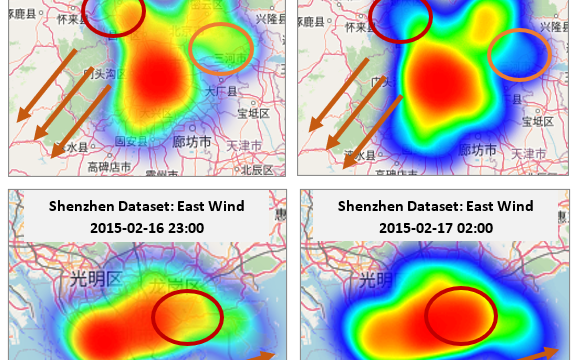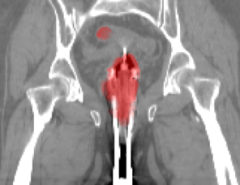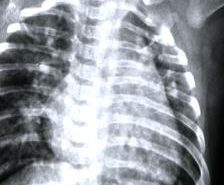Authors: Kethmi Hirushini Hettige, Jiahao Ji, Shili Xiang, Cheng Long, Gao Cong, Jingyuan Wang
Published on: February 06, 2024
Impact Score: 8.45
Arxiv code: Arxiv:2402.03784
Summary
- What is new: A new method named AirPhyNet integrates physics principles into neural network architecture for air quality prediction.
- Why this is important: Existing air quality prediction models lack long-term accuracy, especially in sparse data conditions, and often suffer from low transparency.
- What the research proposes: AirPhyNet uses physics principles of diffusion and advection in a neural network model to enhance prediction accuracy and transparency.
- Results: AirPhyNet outperforms current models in various tests, reducing prediction errors by up to 10% and providing physically meaningful predictions.
Technical Details
Technological frameworks used: Physics guided Neural Network
Models used: Differential equation networks, graph structure neural networks
Data used: Real-world benchmark datasets
Potential Impact
Public health organizations, environmental monitoring agencies, and companies in air quality management technology.
Want to implement this idea in a business?
We have generated a startup concept here: ClearBreathe Analytics.




Leave a Reply